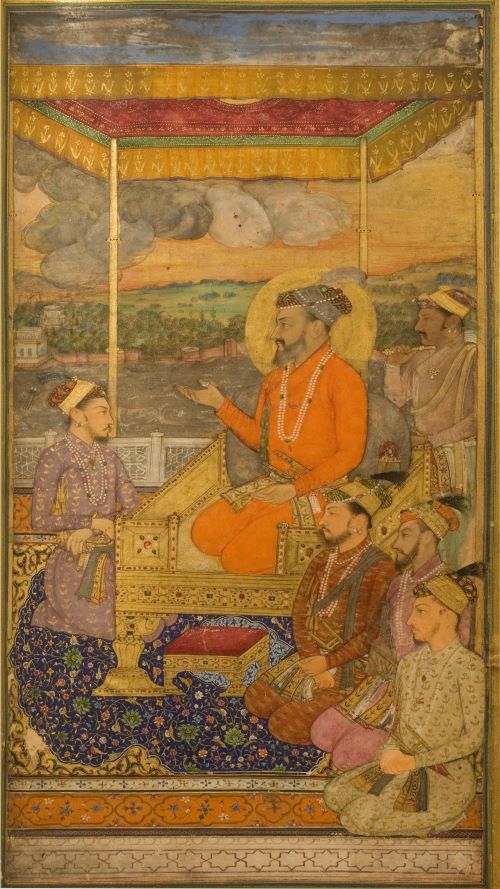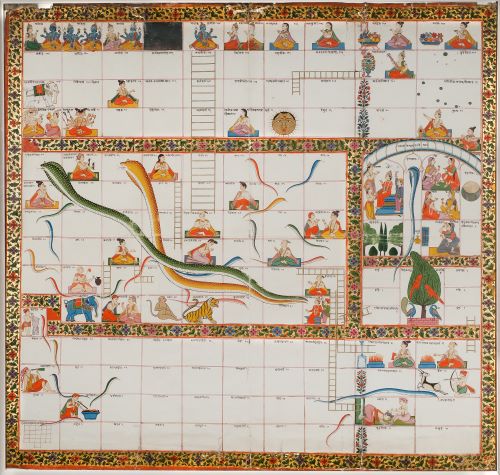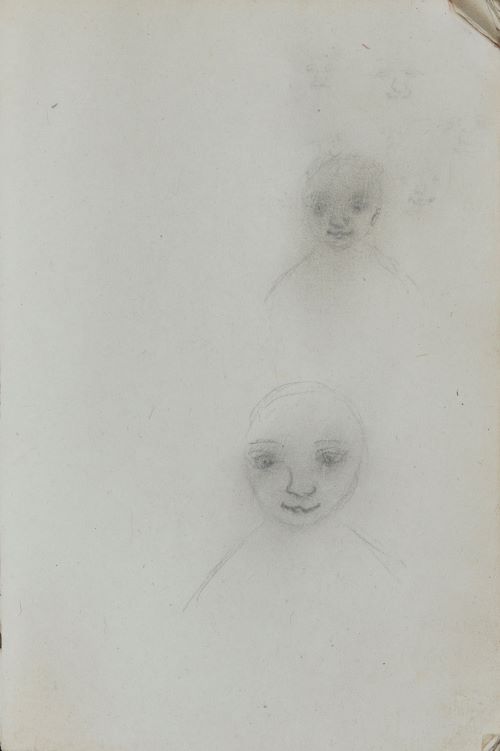Library of the Week : 20th June: Our featured library this week is based at the Royal Asiatic Society of Great Britain and Ireland! Find out more about the library, its history and the amazing collections available in this new post from Edward Weech, (RAS Librarian) – thank you so much for taking part!
The Royal Asiatic Society of Great Britain and Ireland (RAS) is a learned society dedicated to promoting public interest and scholarly exchange in the history and cultures of Asia.
The Society was founded in 1823, during an era when the expansion of British interests in Asia led to a rapid increase in contacts with Asian civilizations. Understanding of Asian cultures in Britain still remained very limited, and there were few organized channels through which interested people could meet and exchange ideas. The only universities in England were Oxford and Cambridge, which were highly exclusive and paid little attention to Asian subjects. The Society’s founders felt there was a need for a learned institution specifically addressed to Asian studies. Many of the Society’s early members had spent time in India, the Near or Middle East, South-East Asia, or China, as merchants, diplomats, soldiers, or simply as travellers. They drew inspiration from the Asiatic Society of Bengal, which was founded in 1784 by the linguist Sir William Jones, and the RAS was founded in its image.

From its foundation, the Society held lectures, published a journal, supported the translation of classic works of Oriental literature, and established a library. The goal of the library was to help scholars access books, art, manuscripts, and other objects that would help promote understanding of Asian cultures. The Society’s members often donated their own collections – ranging from Persian manuscripts to Indian paintings to Japanese ukiyo-e prints – and most of these collections are still with us today, forming the core of the Society’s holdings. The library continued to grow and change over the years, and it is now a multi-format collection that includes about 2000 manuscripts, a thousand artworks, and over 50,000 printed volumes, including many early printed books and rare pamphlets and other texts. The book collection is particularly strong in eighteenth and nineteenth century literature, while it also contains many scarce texts from India that authors sent to the Society for review in the journal. The Society also has extensive holdings of archives and photographs. As a charity, all its collections are available for the public to consult through the Reading Room service, which is open by appointment three days a week.

Over the past five years, the Society has begun to digitize more and more of its collection, thanks to the support of bodies including the Friends of the National Libraries, the National Library of Singapore, and the Internet Archive. Many of its treasures are now freely available to view online from anywhere in the world via the RAS Digital Library: https://royalasiaticcollections.org/ Digitization is especially important for an organization like the RAS, whose collections are of interest to people around the world.
Highlights of the online collections include several of the Society’s finest Persian manuscripts, such as a copy of the Shahnamah of Firdausi, made in Herat for the Timurid prince Muhammad Juki (1402-1445): https://royalasiaticcollections.org/ras-persian-239-shahnamah-of-firdausi-of-muhammad-juki/ A recent digitization project saw a large collection of Akhbarat (court newsletters) pertaining to the reign of Mughal Emperor Aurangzeb go online: https://royalasiaticcollections.org/akhbarat-archive/ Just before the pandemic, a major collaboration with the Internet Archive meant that the Society was able to digitize over 400 palm-leaf manuscripts originating from across South Asia: https://royalasiaticcollections.org/south-asian-manuscripts/


The Society is rarely able to purchase new acquisitions, but in 2015 it initiated a major fundraising campaign to acquire the archive of Thomas Manning (1772-1840), a participant in the Romantic movement and one of the first Englishmen to study Chinese language and culture. The collection was then digitized in 2018, and can now be accessed in its entirety via the Digital Library. Among other things, you can find Manning’s notebook sketches of the six-year-old Dalai Lama, Lungtok Gyatso, who died a few years later: https://royalasiaticcollections.org/chinese-notebook-small-green-cloth-covered-including-original-pencil/
The Society’s collections are fundamental to its identity, and help drive its activities. Its diverse public programme reflects its multi-faceted traditions and longstanding commitment to intercultural understanding. It hosts a regular series of lectures and book launches, with recent talks covering topics from the Soviet invasion of Afghanistan to the depiction of China in Punch magazine. Most of these events are now held as ‘hybrid’ events, which means the Society can welcome guests in-person or online. And while its events are all open to the public, the Society is also a membership organization, and continues to fulfil its role as an independent, learned body open to all those with a passion for studying the history and cultures of Asia. While many of its members are academics, others are journalists, business people, educators, students, and independent scholars. The Society continues to publish original research through its peer-reviewed journal, Journal of the Royal Asiatic Society, as well as through academic monographs.
2023 is the Society’s bicentenary year. It is planning a wide-ranging programme of events and activities, which will both celebrate and reflect on two centuries of achievement and change. Reflecting wider trends within society and academia, the RAS increasingly seeks to promote understanding of how and why British people in the past sought to learn about Asian societies. Thoughtful engagement with the rich and complex history of Asian studies will continue to be an important dimension of the Society’s work as it pursues its ongoing mission of encouraging research and public interest in the histories and cultures of Asia.
Edward Weech, RAS Librarian
All images copyright of Royal Asiatic Society of Great Britain and Ireland, reproduced with permission.
You can explore the library’s collections on Discover and find further contact details on their Discover information page.

